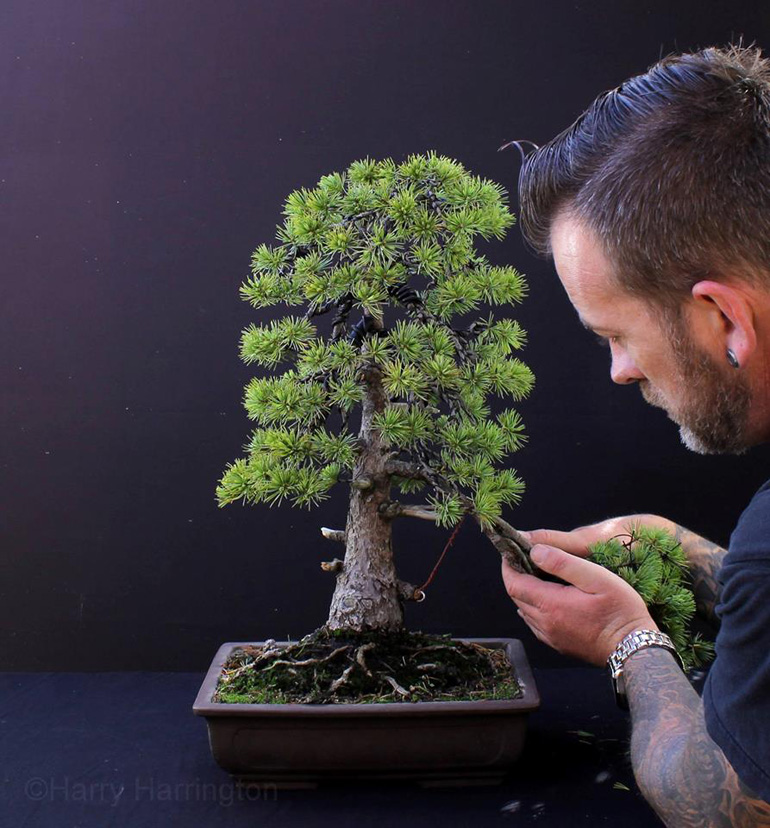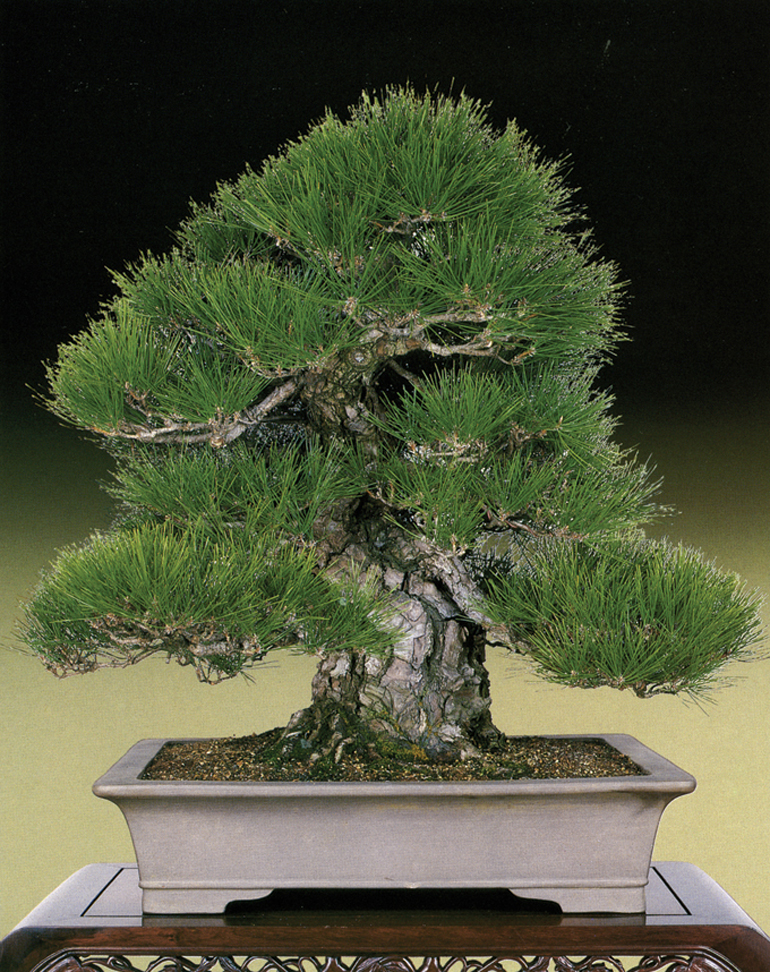
This radiantly healthy, well-fed Japanese black pine is from our Masters Series Pine Book.
Spring is coming. For many of you it will arrive over the next few weeks. For those of us in northern Vermont and other such brutal locations, it’s still about 12-14 weeks away. For most of you, it’s somewhere in between. Time to start fertilizing isn’t that far off.
Many people underfeed their bonsai. Sometimes the mistaken notion that starvation is essential to keep trees small, wins out over the common sense understanding that regular nutrition is essential for health. In the case of bonsai (and other container grown plants), regular nutrition is completely up to you.
Continued below…
be sure to select Free Shipping when you check out
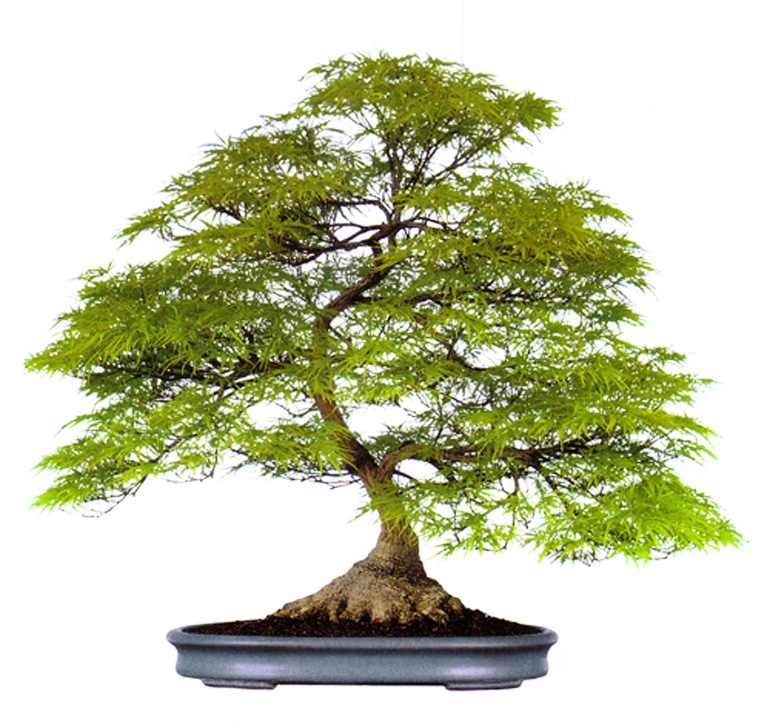 This well fed, healthy Lace leaf Japanese maple (Acer palmatum dissectum) is from the cover of Bonsai Today issue number 84.
This well fed, healthy Lace leaf Japanese maple (Acer palmatum dissectum) is from the cover of Bonsai Today issue number 84.
There are three numbers on all fertilizer packages—for example 7-9-5 or 15-30-15. These numbers represent the strength and ratios of the three major nutrients (also called macro nutrients). The three nutrients are nitrogen (N), phosphorus (P), and potassium or potash (K). They are critical to any plant’s health.
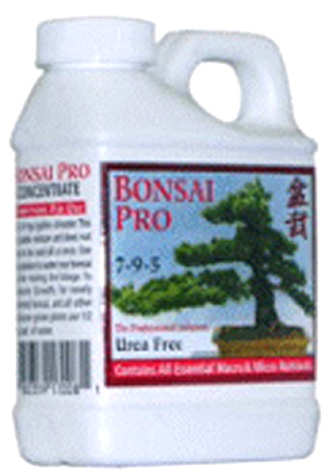 The NPK on this Bonsai Pro liquid is 7-9-5. The ratio is: 7 parts nitrogen, 9 parts phosphorous, and 5 parts potassium.
The NPK on this Bonsai Pro liquid is 7-9-5. The ratio is: 7 parts nitrogen, 9 parts phosphorous, and 5 parts potassium.
There is no perfect N-P-K for all bonsai varieties in all situations. However, if you want to be safe, use a fertilizer with a fairly balanced N-P-K. As mentioned above, we like Green Dream organic pellets, which has an N-P-K of 7-5-5. When it comes to liquids, we use Bonsai Pro 7-9-5. These are only two examples; ones that we use and sell. There are numerous other fertilizers that work quite well.
When it comes to slow release pellets versus liquid, there are advantages to both. Many growers prefer slow release to avoid feast and famine, but others like liquid, which isn’t problem if you use one with a fairly mild and balanced NPK and you control the dosage. I like using liquid as an complement to slow release pellets during periods of peak growth.
Be careful with unbalanced fertilizers. You will sometimes see fertilizers with N-P-Ks like 0-10-10, or 30-10-10. Some people use these for specific purposes, but plenty of successful bonsai growers never use unbalanced or high N-P-K fertilizers.
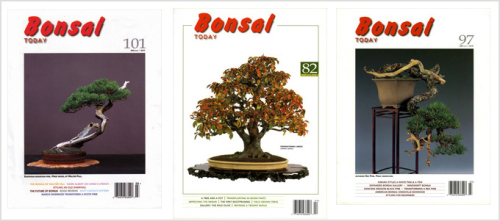
be sure to select Free Shipping when you check out
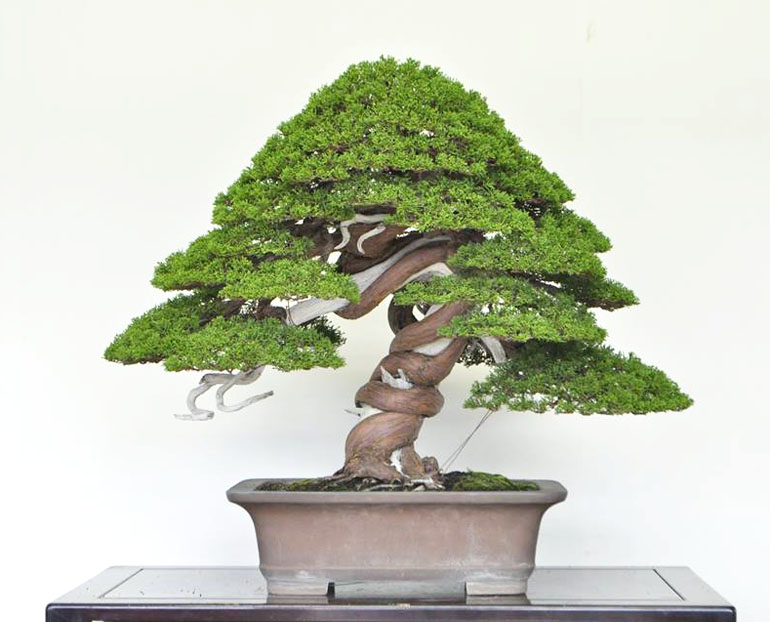
 20% off 1-5 rolls – 30% off 5 or more rolls
20% off 1-5 rolls – 30% off 5 or more rolls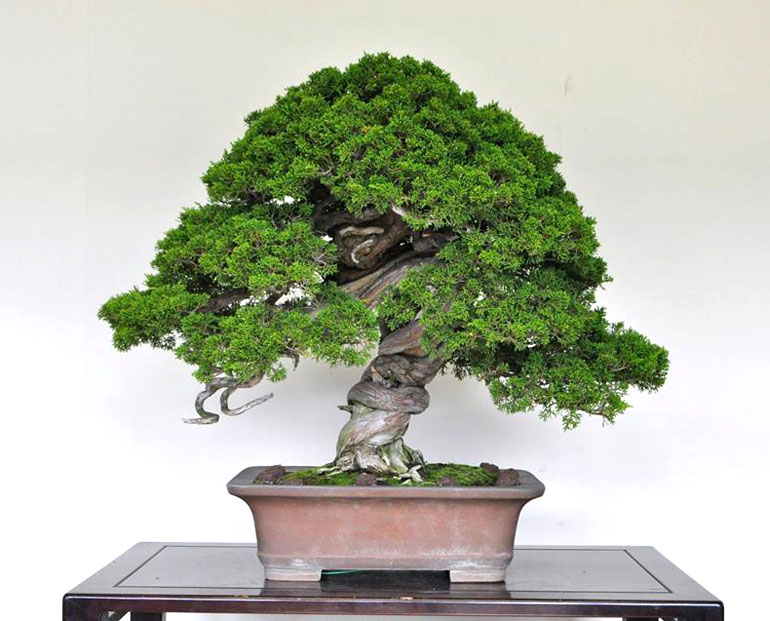

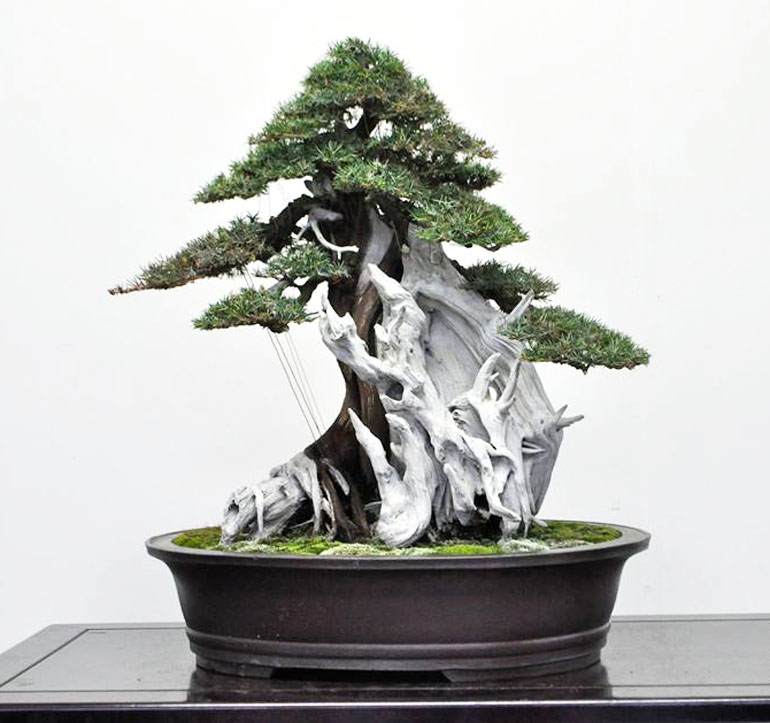
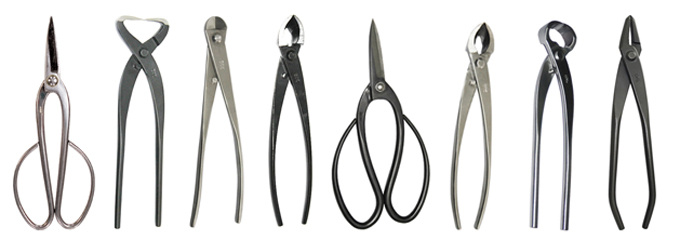
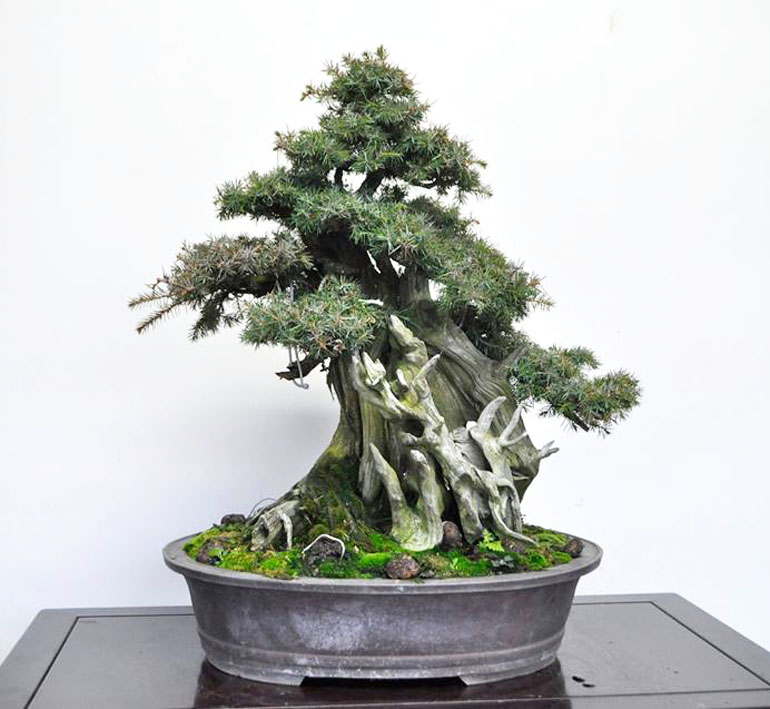
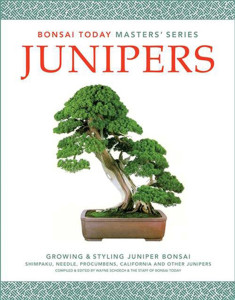 While we’re discussing Junipers
While we’re discussing Junipers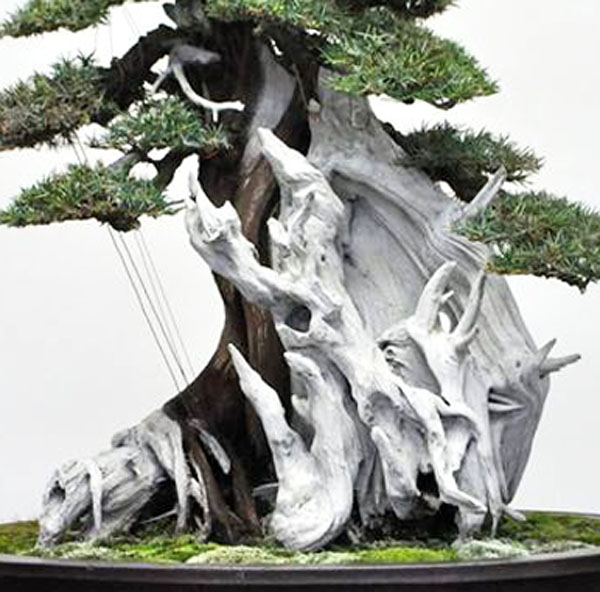
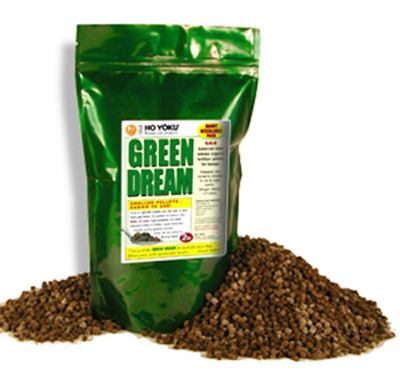
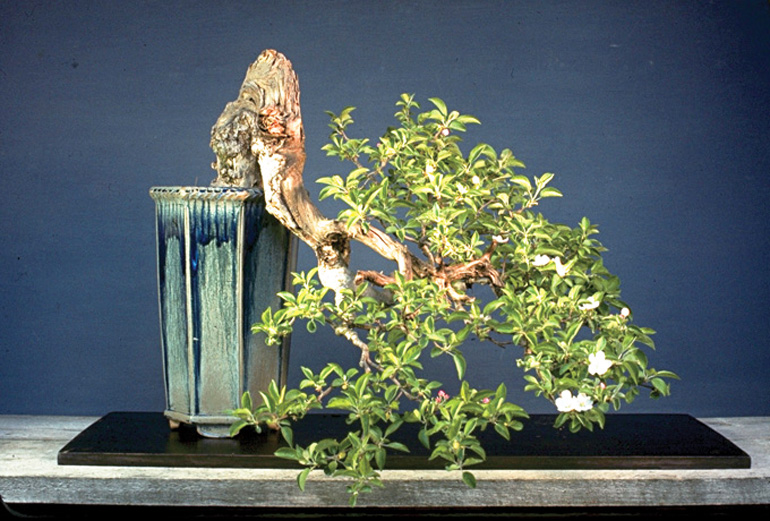 This humped back Wild apple appears on the back cover of Nick Lenz'
This humped back Wild apple appears on the back cover of Nick Lenz' 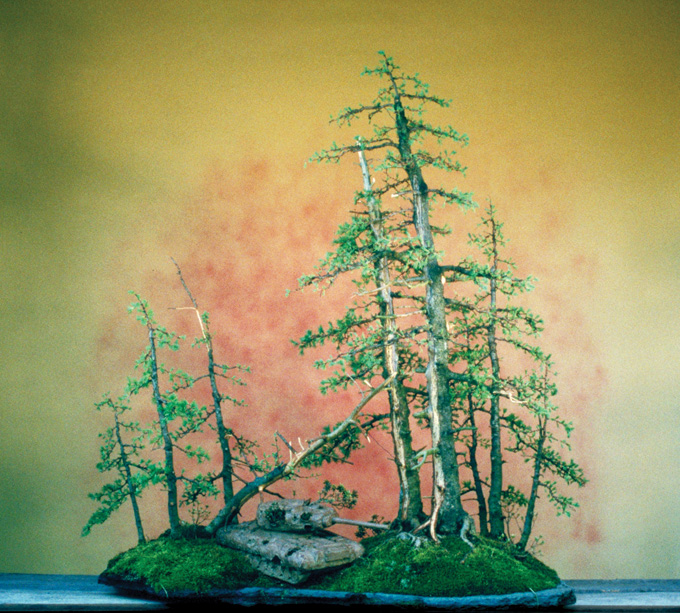
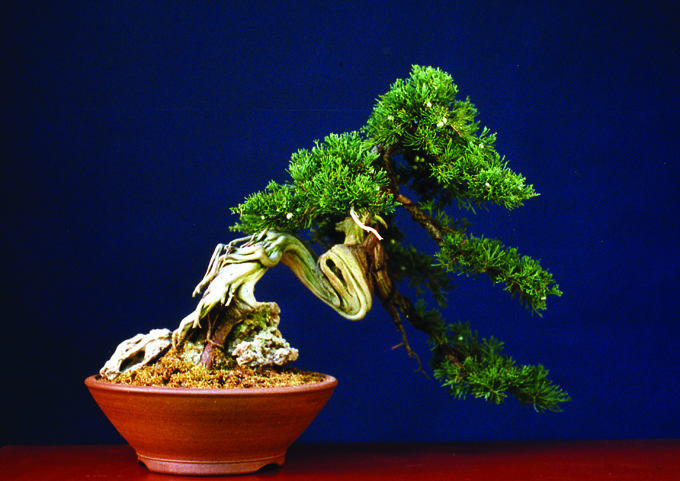
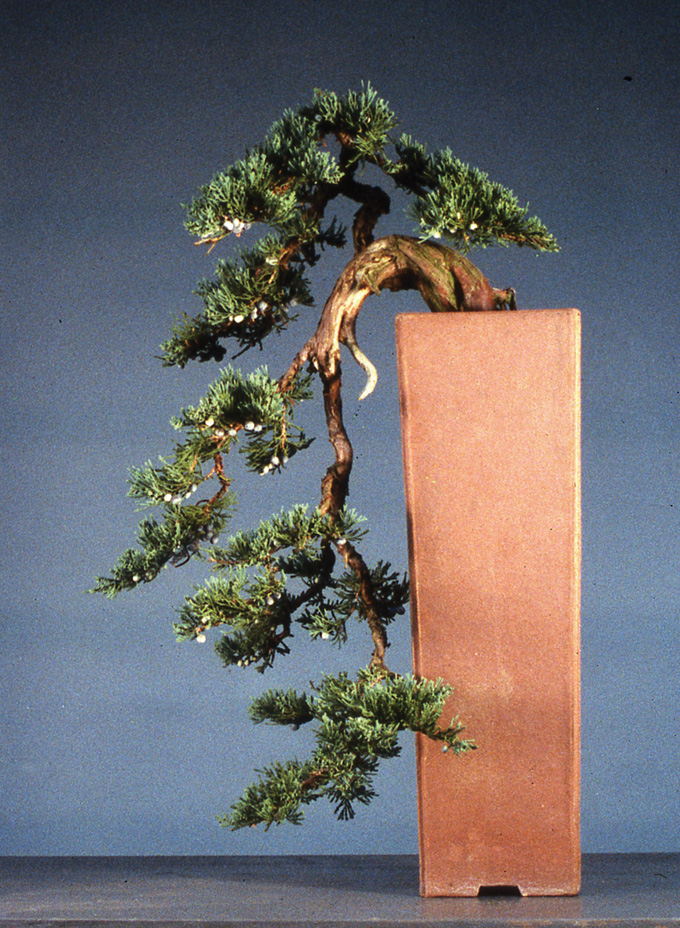
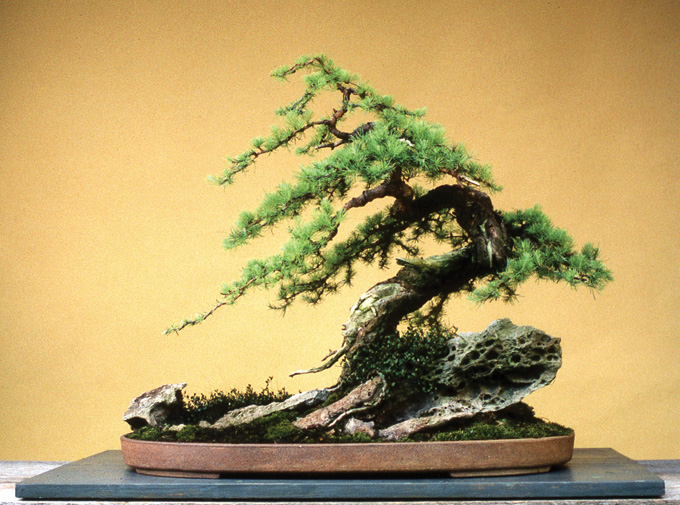
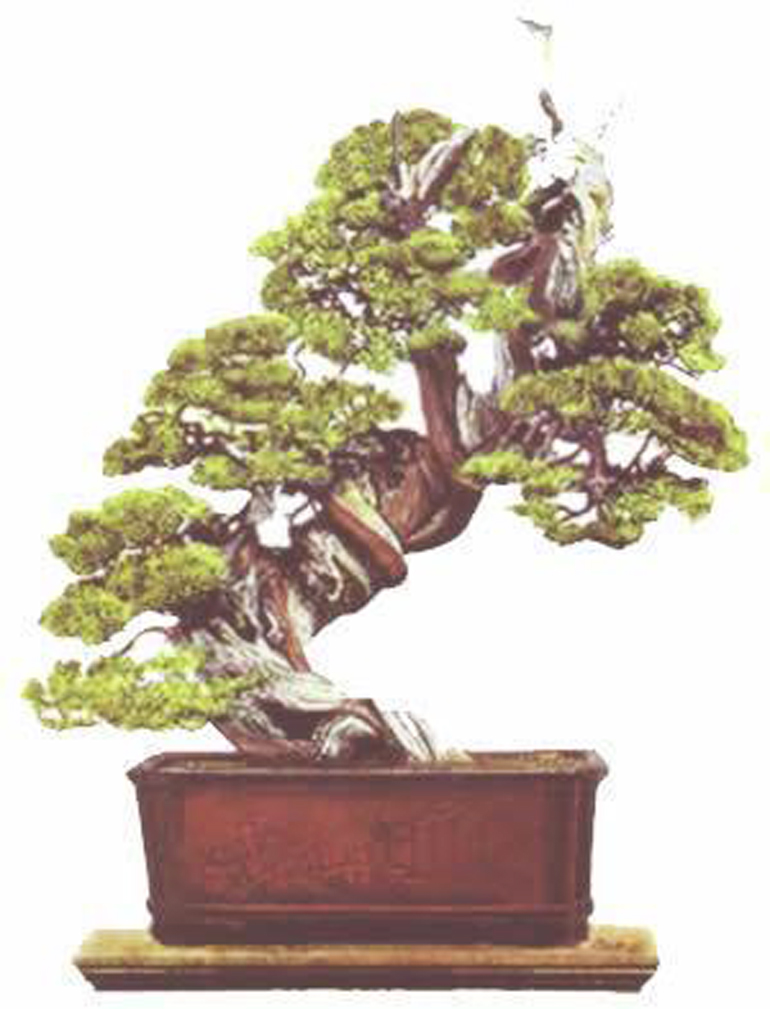
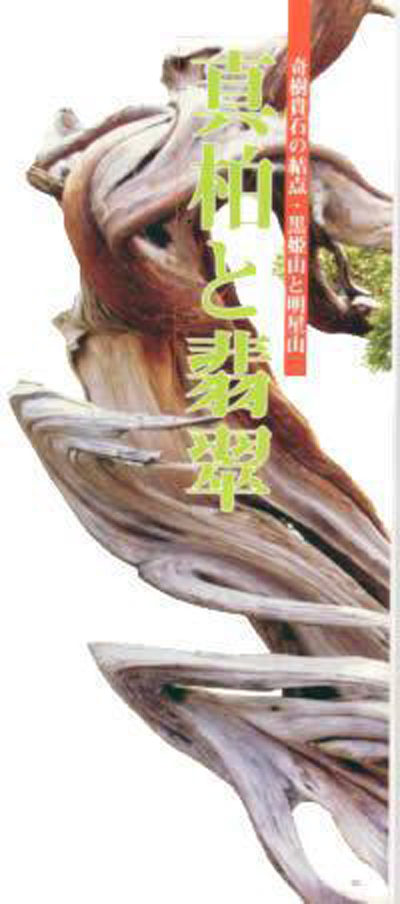
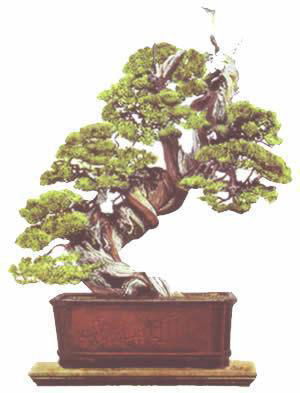
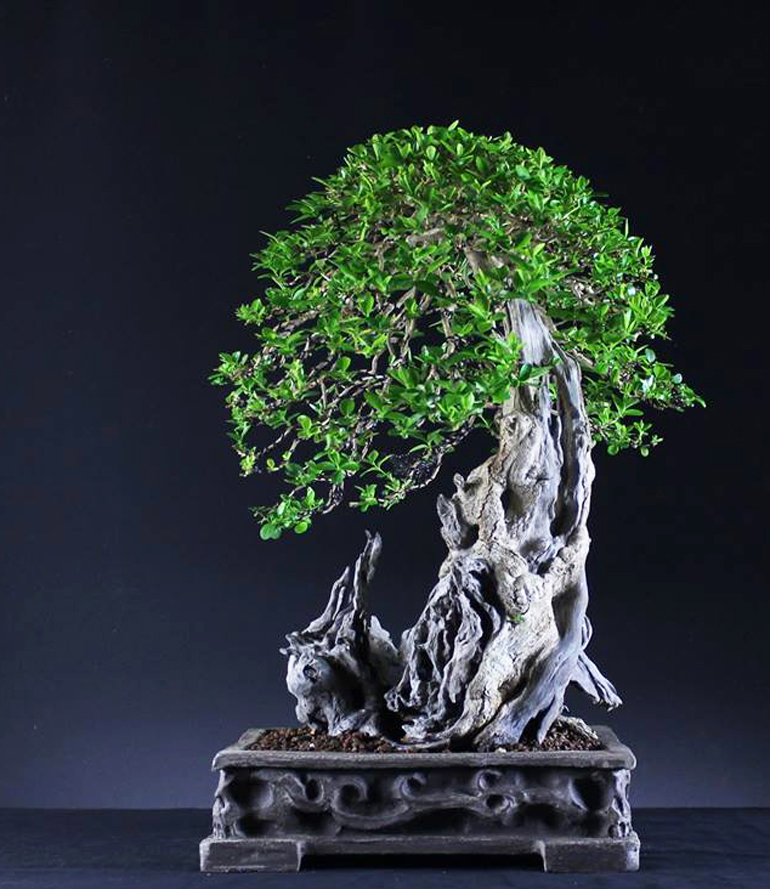

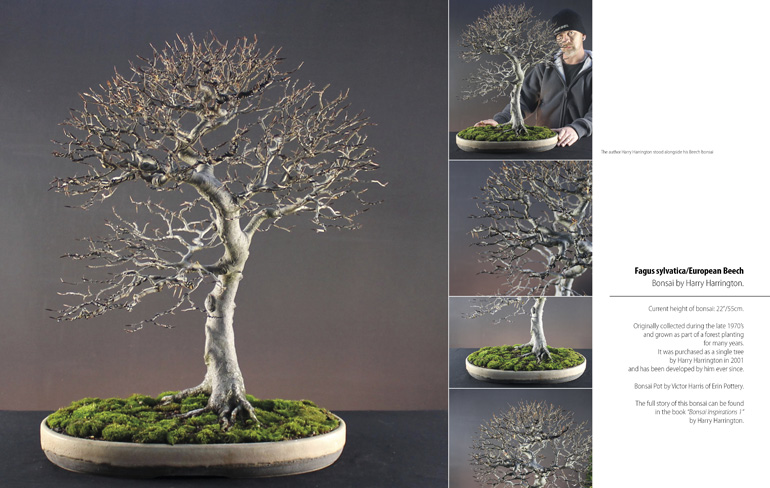
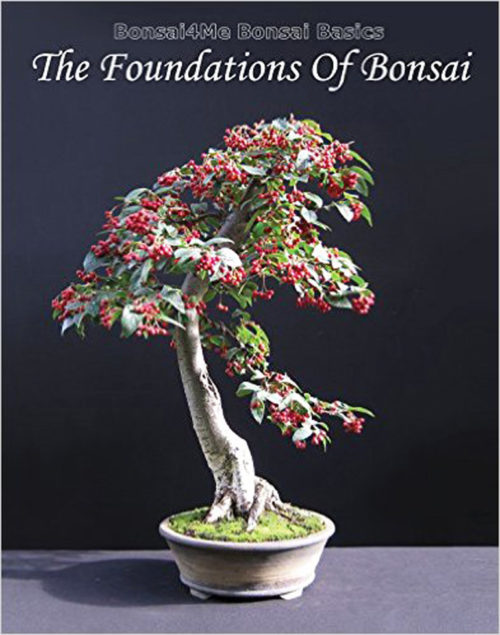
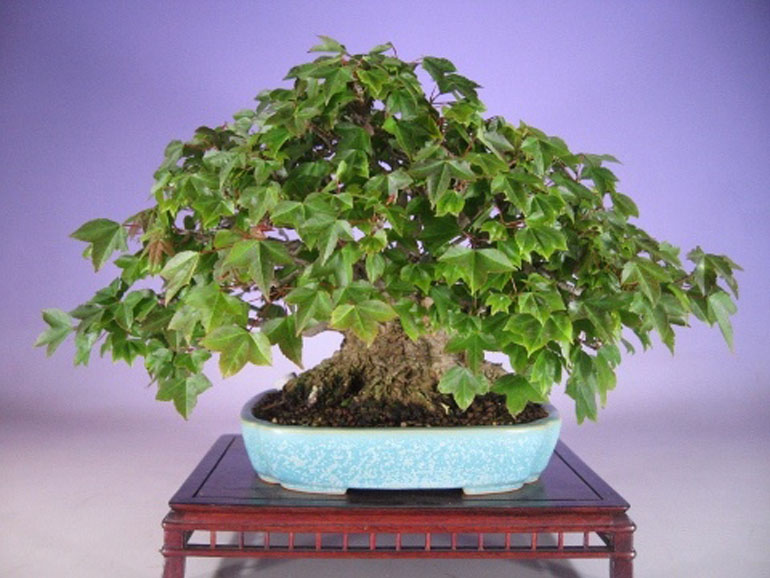
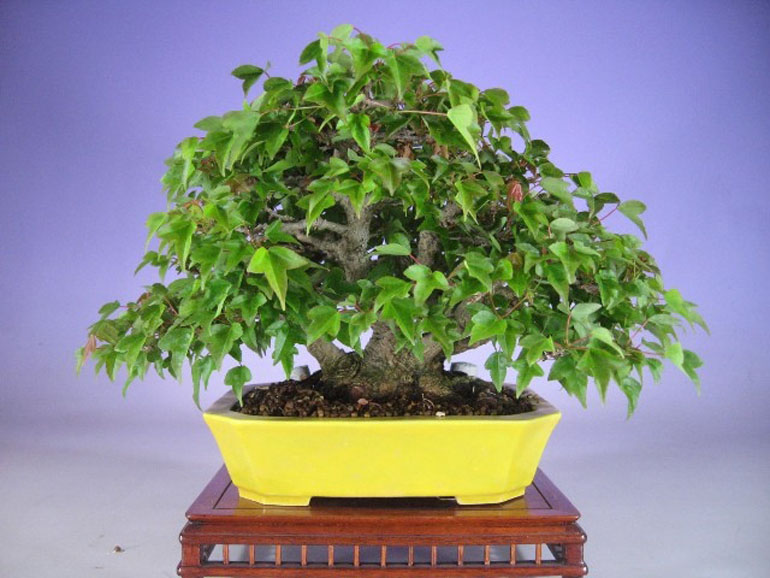
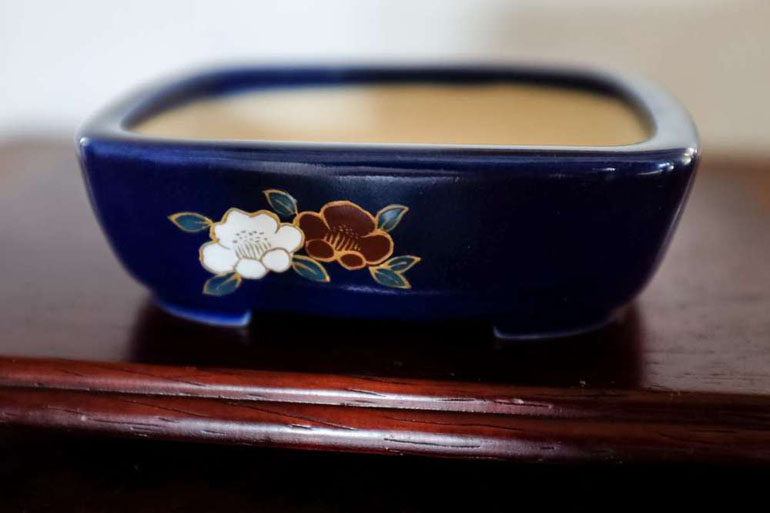 The pot that set the armies marching. From Morten Albek's
The pot that set the armies marching. From Morten Albek's 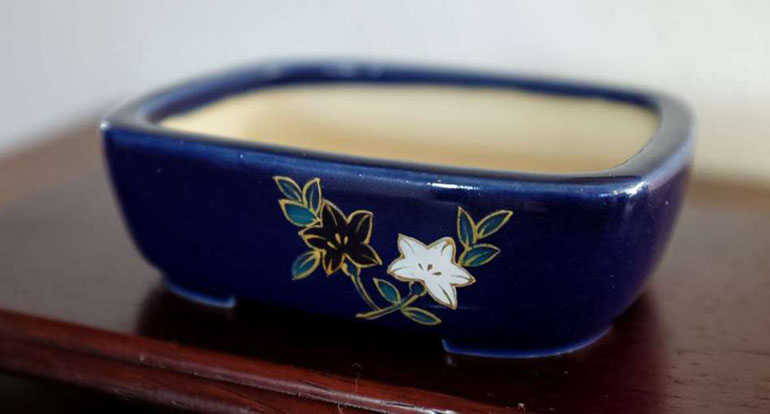 Another Takao Koyo pot from Morten's blog.
Another Takao Koyo pot from Morten's blog.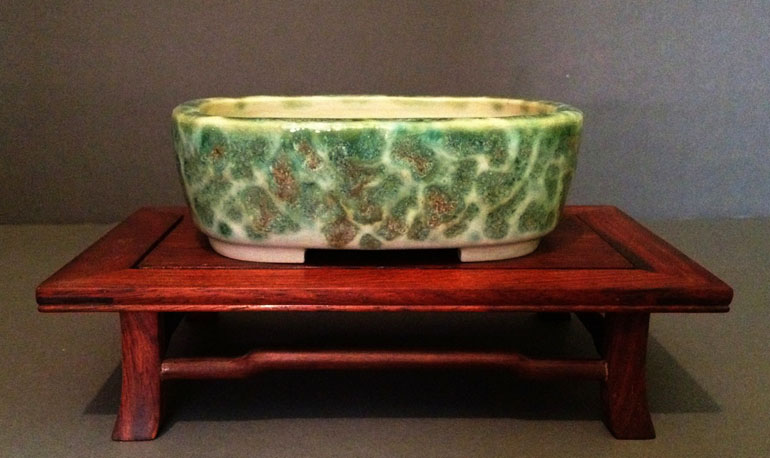
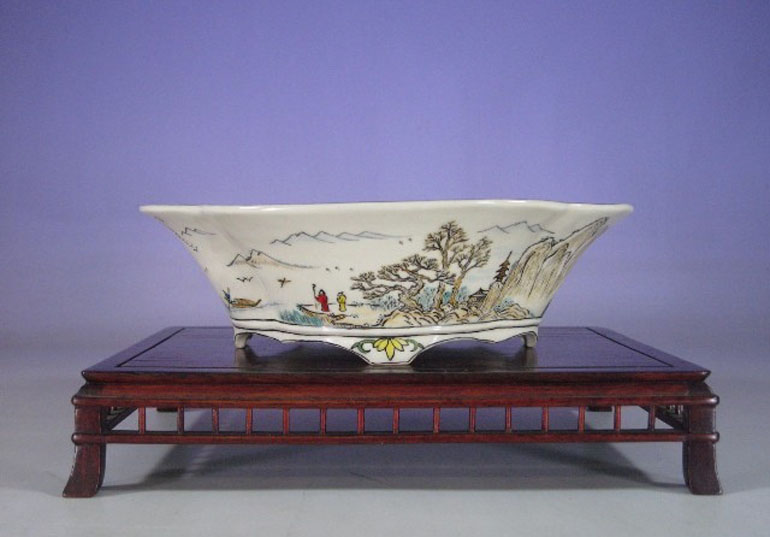


 This well fed, healthy Lace leaf
This well fed, healthy Lace leaf  The NPK on this
The NPK on this 

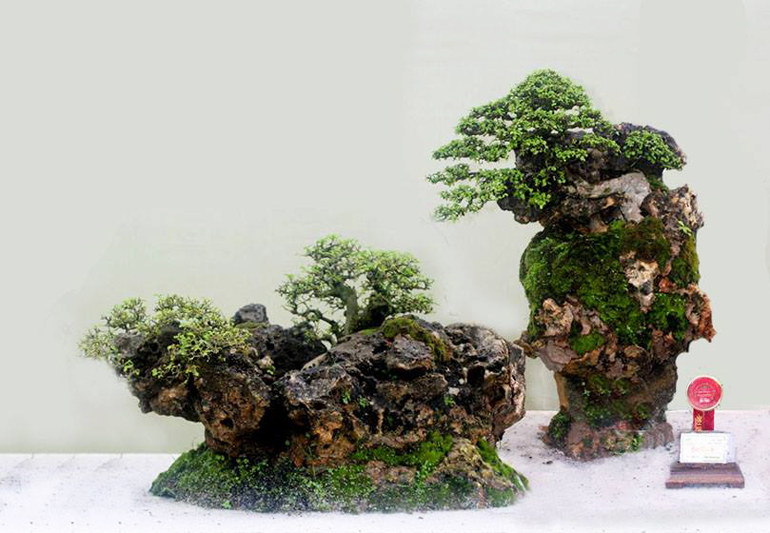
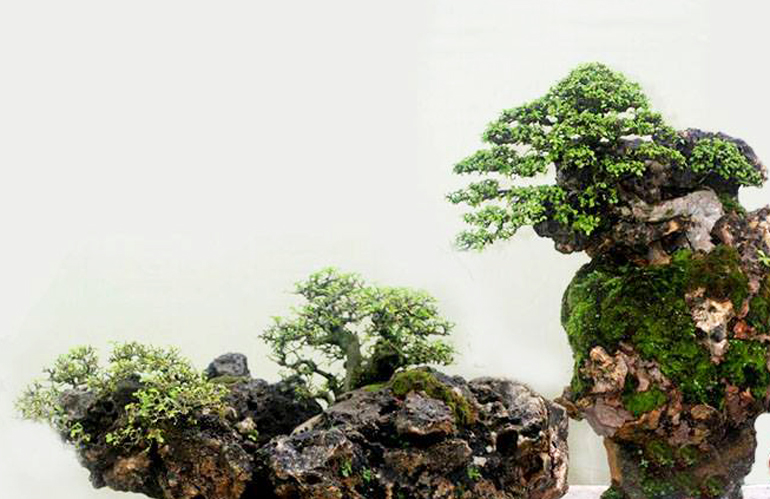
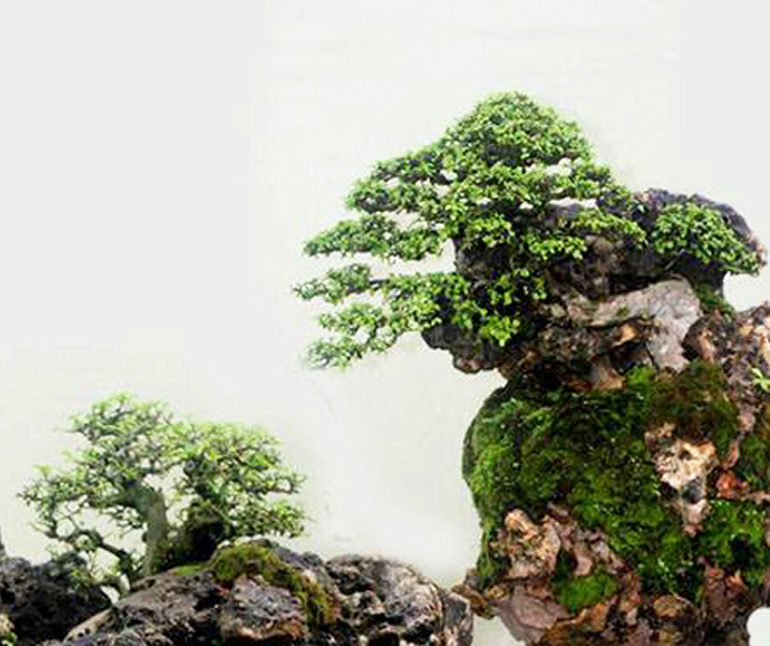
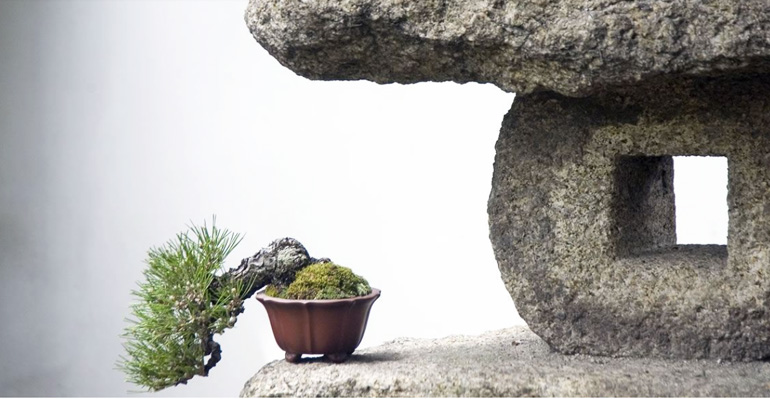
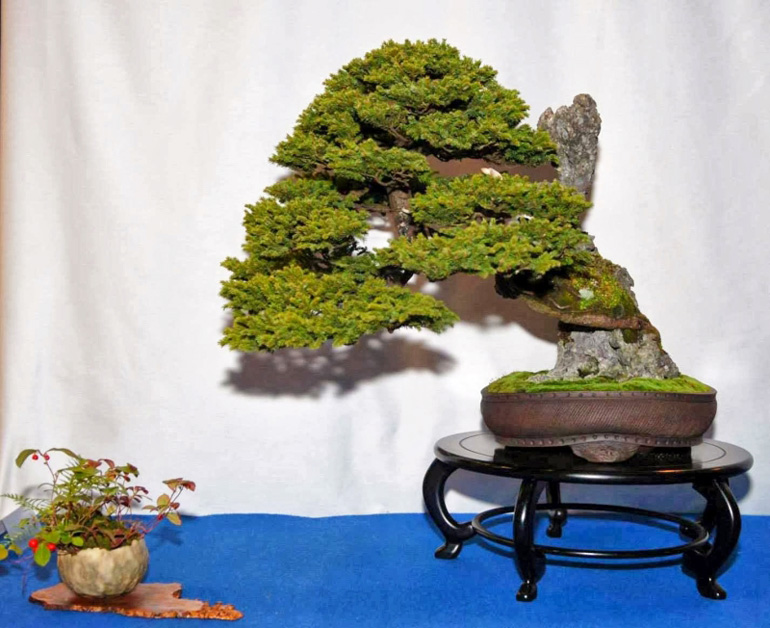 This photo is from
This photo is from 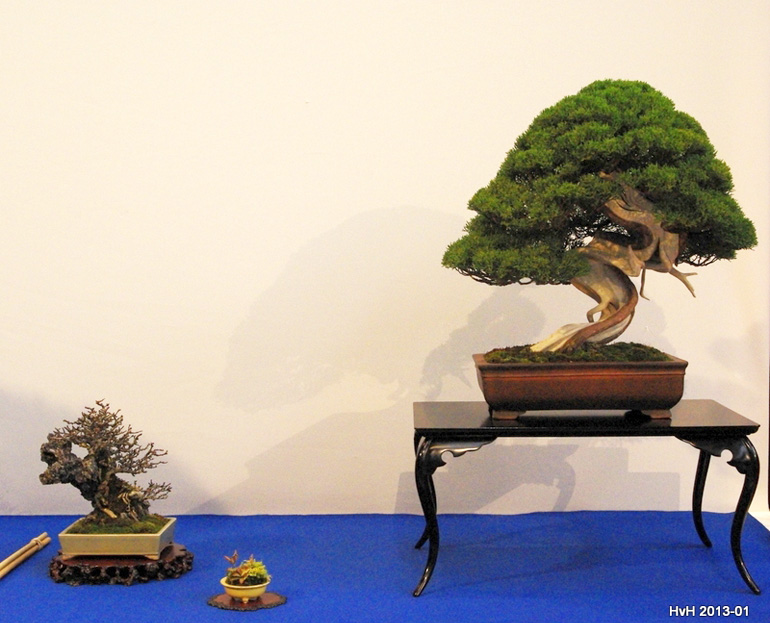
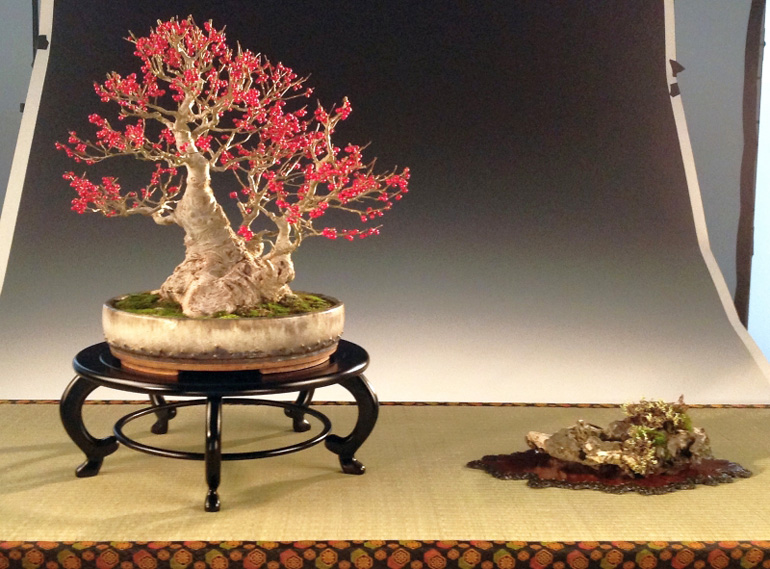
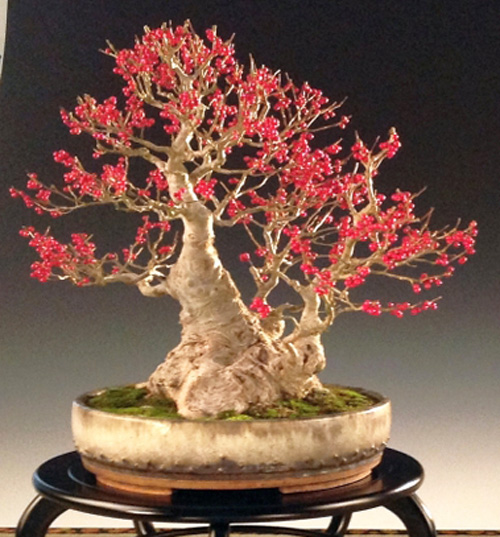
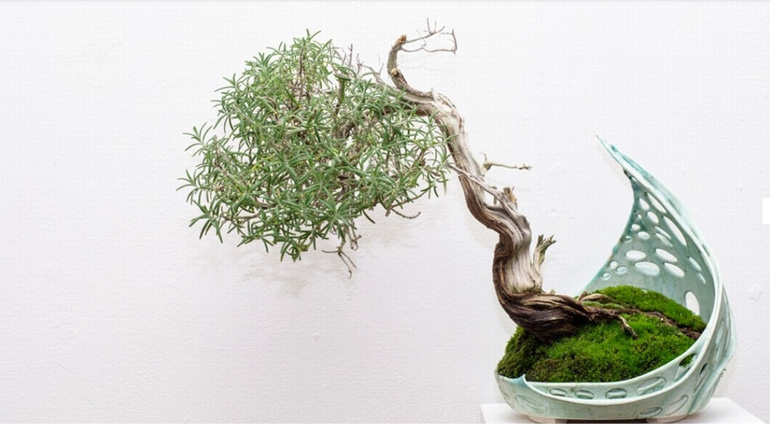
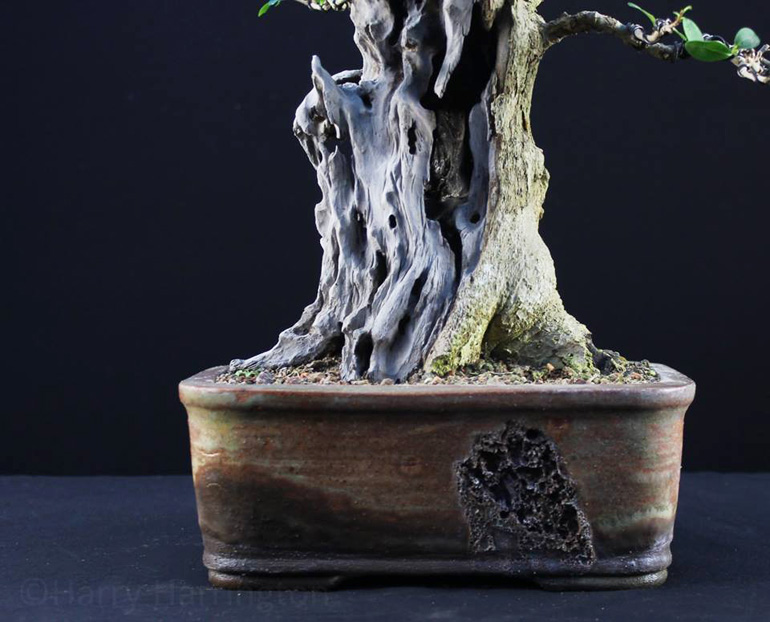
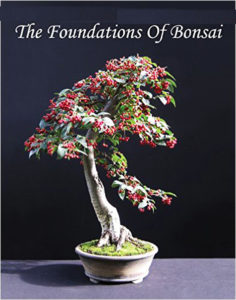 It's a good time to
It's a good time to 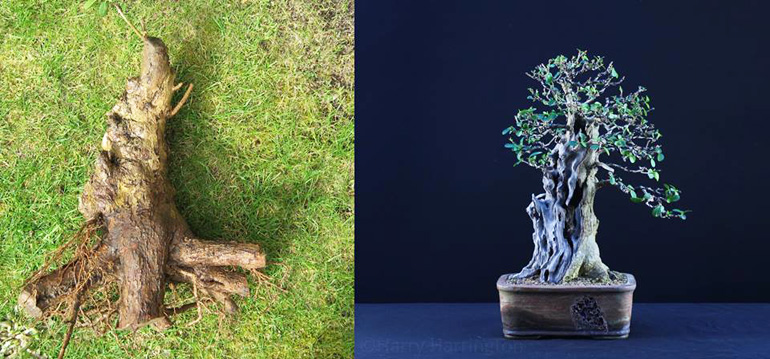
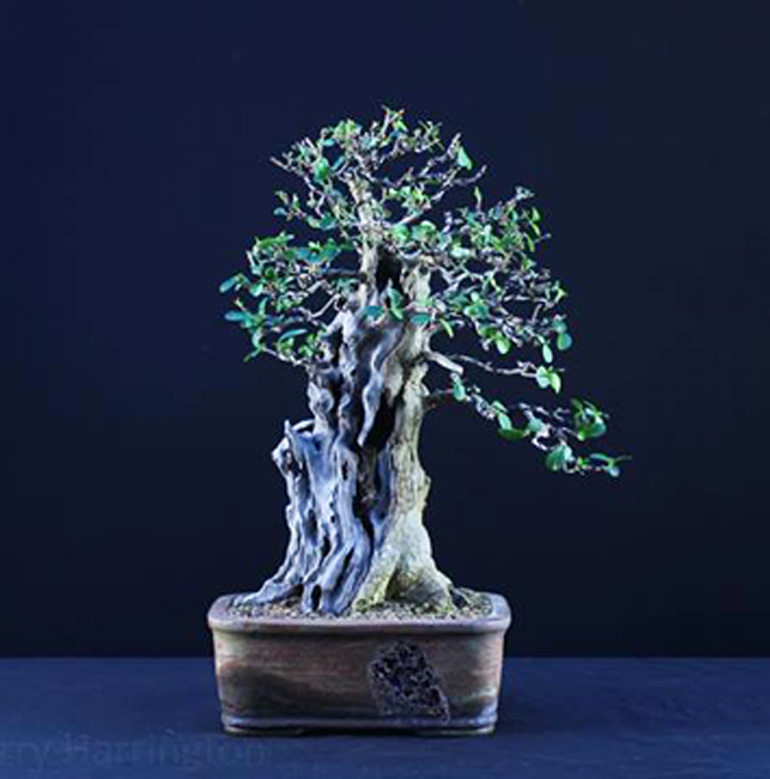
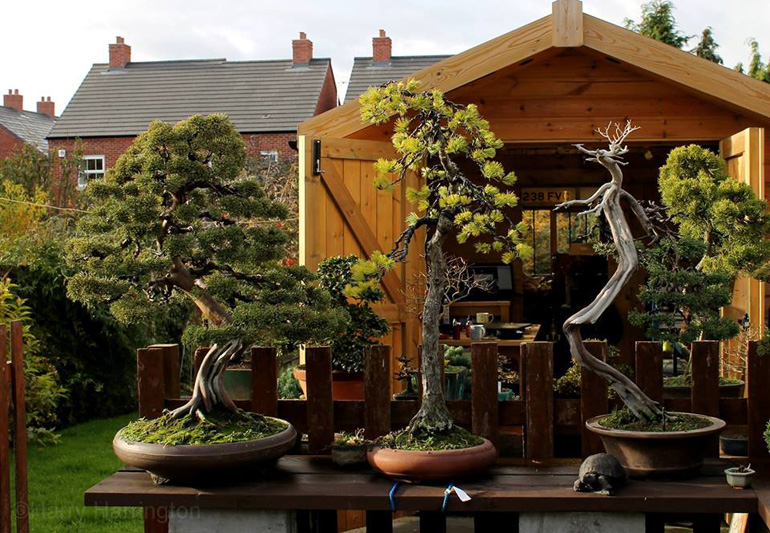 A piece of the Bonsai artist/author's back yard.
A piece of the Bonsai artist/author's back yard.